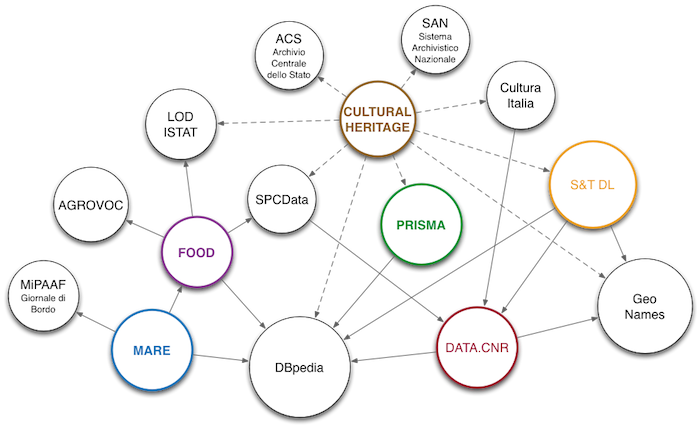MARE
A single information system for fishery and aquaculture products marketed in the EU
Project Description
Funding Scheme or Institutions: European Commission - Directorate-General for Maritime Affairs and Fisheries (DG MARE)
Funds: 150.000
Timeline: November 2014 - September 2015
Project manager:
Aldo Gangemi
Web Site: available soon
Conceived by the Directorate-General for Maritime Affairs and Fisheries (DG MARE) of the European Commission, the project focuses on the establishment of a single information system
for fishery and aquaculture products marketed in the European Union. The information system, available as a fully operational multilingual prototype, aims at providing different stakeholders (consumers, producers, fishmongers, processors, importers, retailers, control authorities and other interested parties)
with heterogeneous information related to commercial designations of fishery and aquaculture products put on the market in the EU Member States.
MARE combines a solid taxonomic and nomenclatural backbone for aquatic species and their scientific names with commercial designations published by each Member State's national authorities in accordance with EU regulations.
This core information is complemented with heterogeneous data that include, among the others, production methods, fishing gears, fishing areas, marketing standards, quality certification schemes, fishing opportunities and species distribution.
Linked Open Data
In the context of the MARE project, STLab has defined a modular ontology and produced a corresponding dataset for representing heterogeneous information about fishery and aquaculture products.
Dealing with the complexity of the fishery domain and the heterogeneity of the available data sources requires the adoption of a well-designed, consolidated methodology, with the aim of obtaining open, interoperable and reusable models and data.
To favor semantic interoperability and reuse, the MARE ontology exploits well-established ontology design patterns and was designed following a modular approach.
In particular, the information about aquatic species marketed in the European Union is structured in three interconnected modules, each focusing on a specific informational dimension or perspective.
The identified ontology modules include:
Mare Taxa, which focuses on taxonomic and nomenclatural data for aquatic organisms, such as taxonomic names, synonyms, taxonomic ranks, hierarchical classification, etc.
Mare, which focuses on data related to commercial and legal requirements, such as commercial designations in the EU Member States, production methods and fishing gears, marketing standards, fishing quotas, nutrition facts, etc.
Mare Geo, which focuses on geographical data related to aquatic organisms, such as major fishing areas, species distribution maps, etc.
Following the Semantic Web standars and principles, MARE ontology modules and core concepts are aligned to existing external authoritative ontologies available on the Web, so as to enable semantic interoperability and data linking.
MARE OWL ontologies and RDF datasets will be available soon.
Partners
